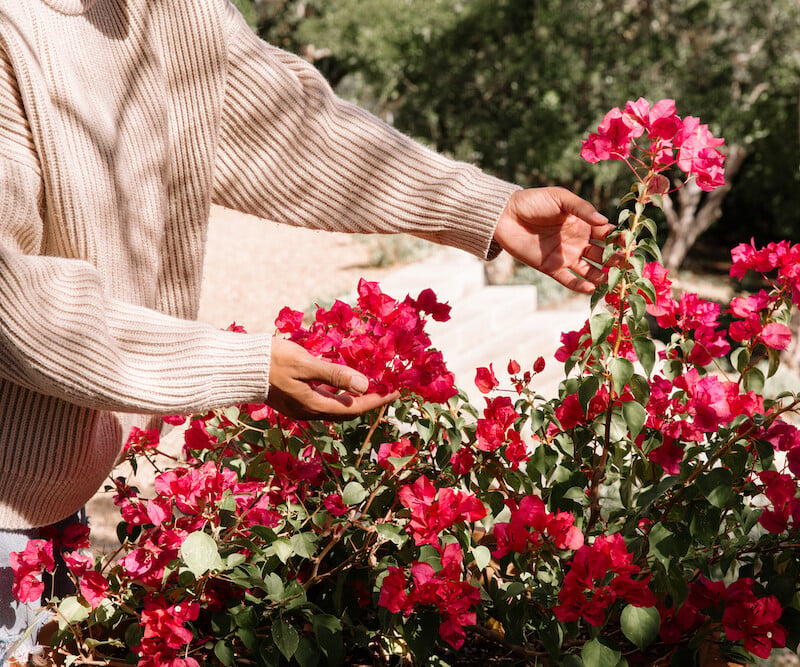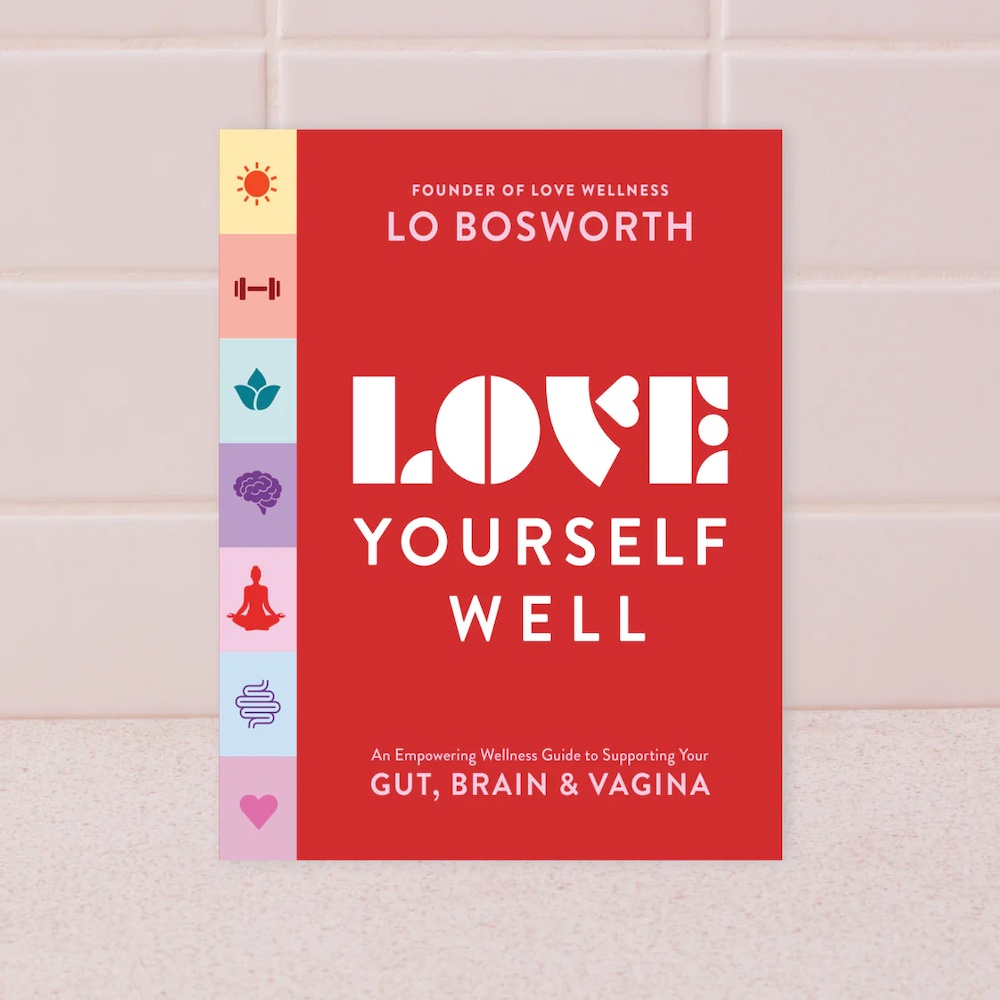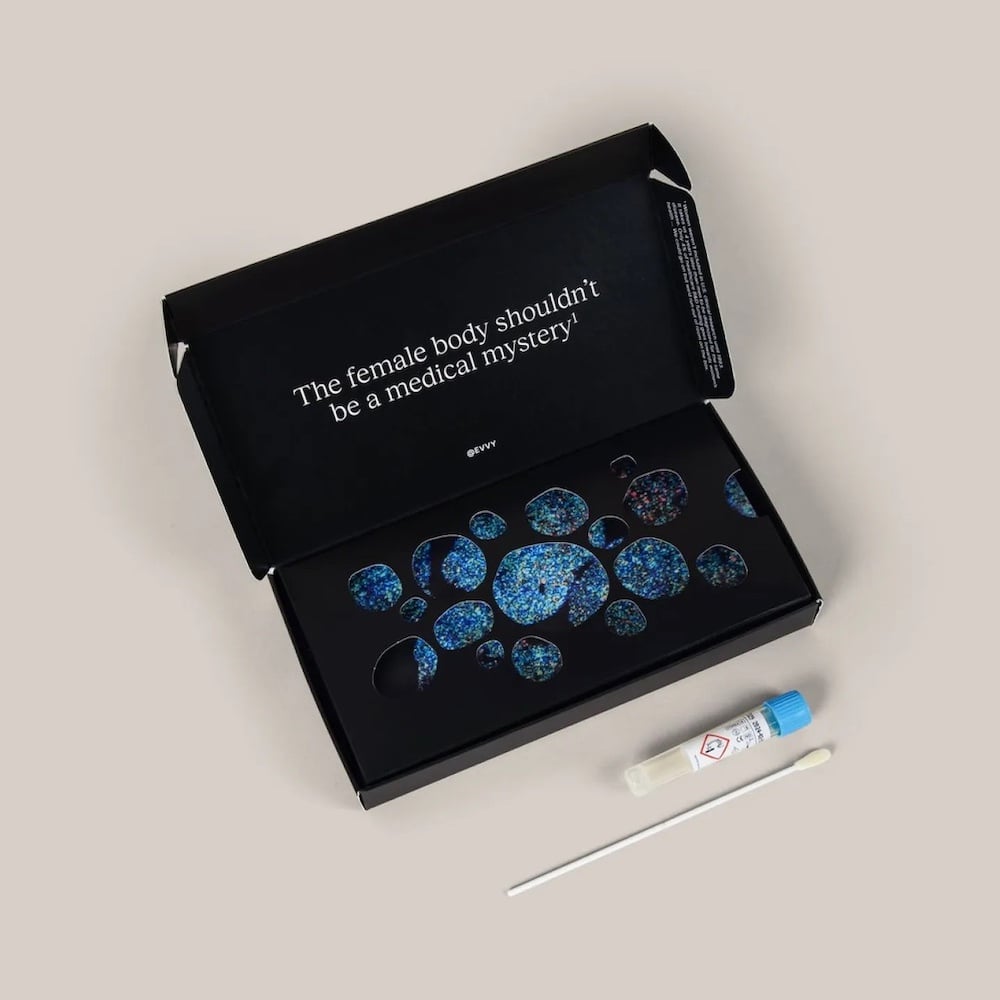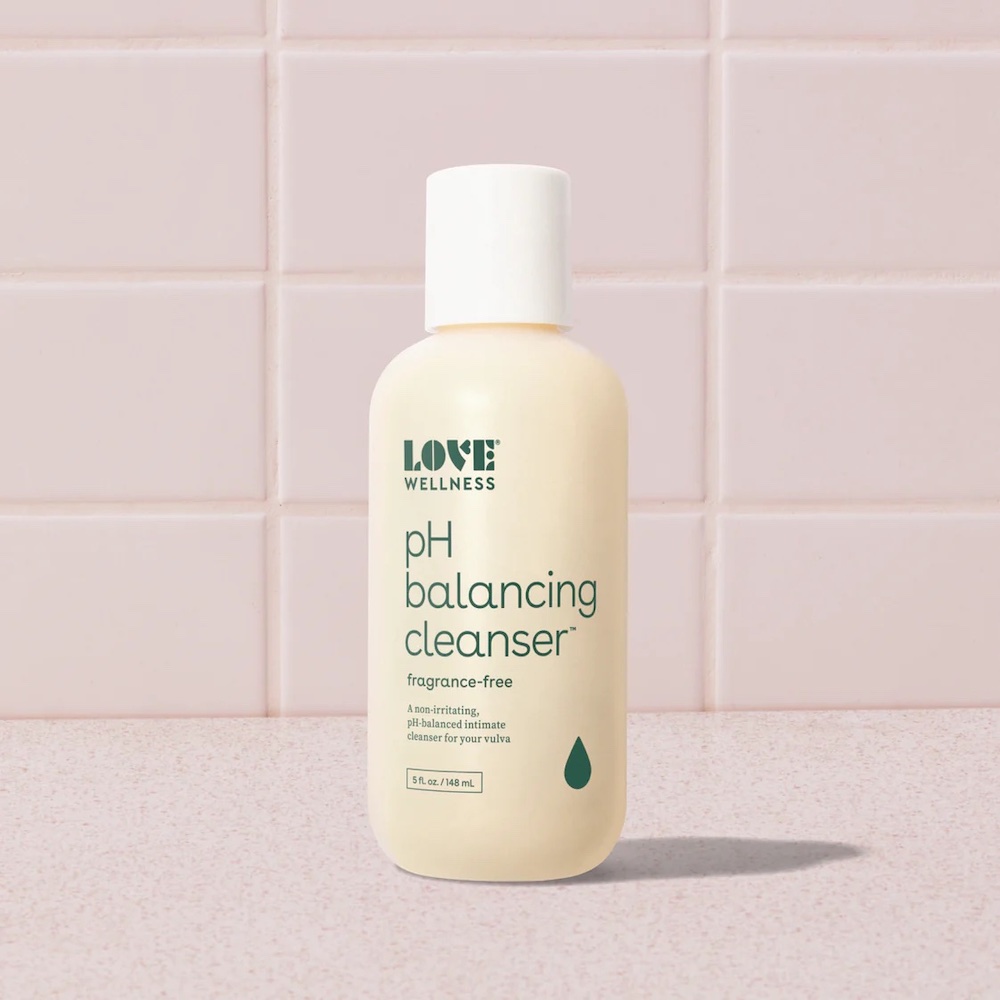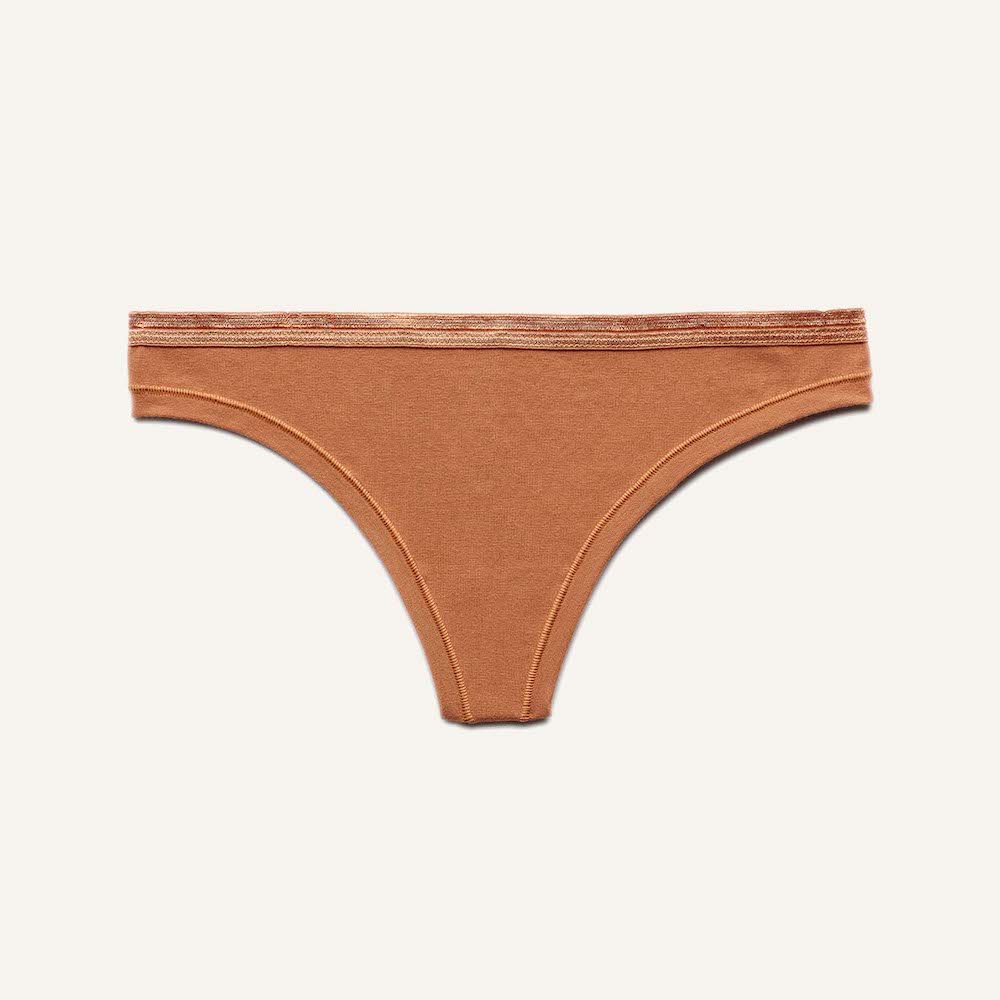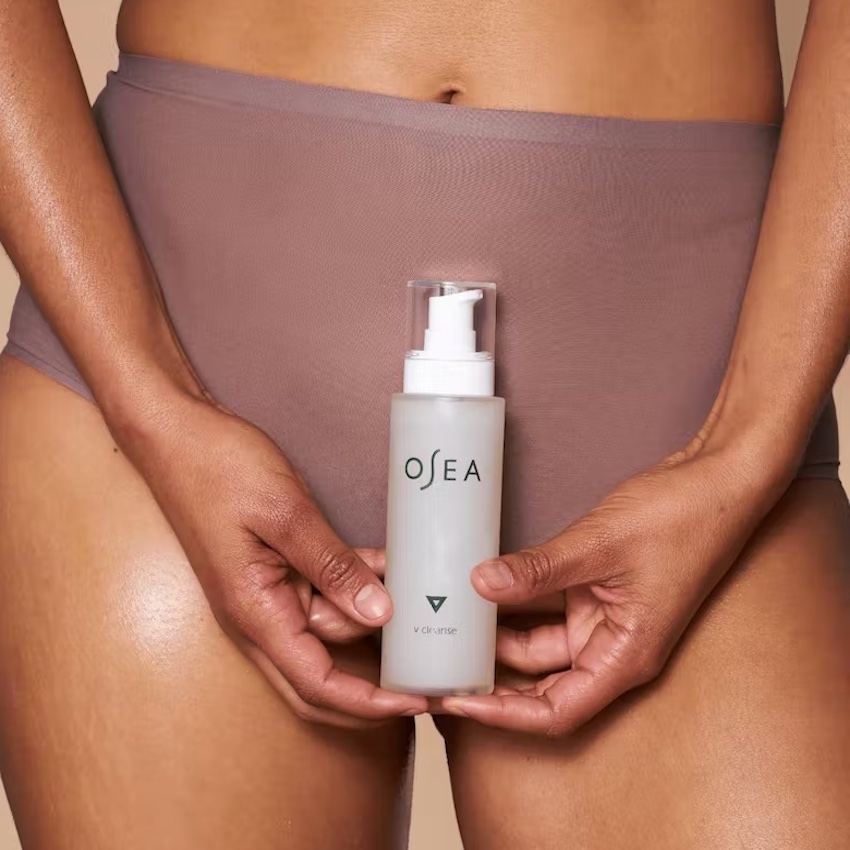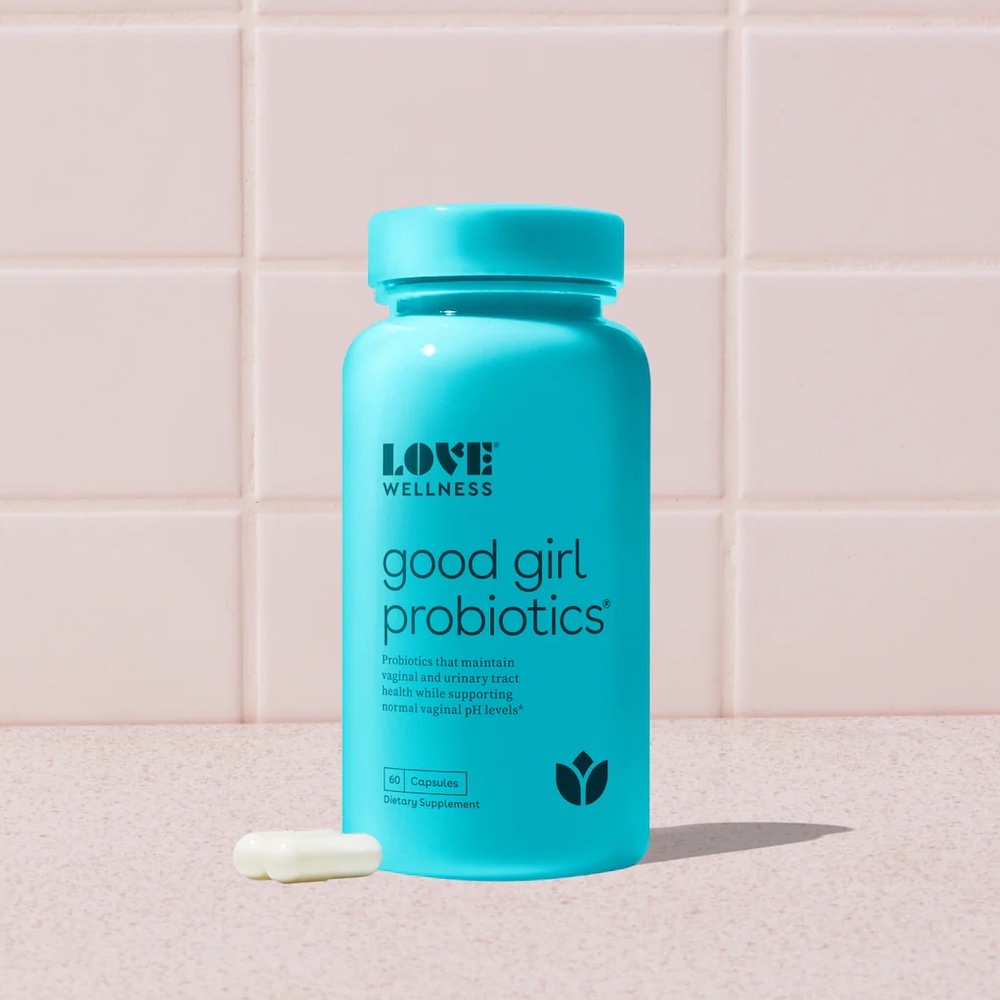I often flash to that scene in Sex and the City. The one where over lunch, Miranda asks Charlotte, “you’ve never looked at yourself with a hand mirror?” As Charlotte grimaces, dejected over her vaginal health and mortified that it’s the topic of conversation, Samantha chimes in: “Go home right now and take a look. Or better yet, take my compact and make a quick trip to the ladies’ room.”
Love or hate the early-aughts show, that scene is apt. Think about it. If you have a vagina, how well do you know it? And your vulva? Do you know if they’re healthy and what their purpose is?
Zero judgment here. I only recently learned all about mine—and come to find out, I wasn’t the only one who needed an anatomy lesson. A 2016 study by The Eve Appeal, a British gynecological cancer research charity, claimed that nearly half of the women surveyed couldn’t locate the vagina.
Feature image by Michelle Nash.

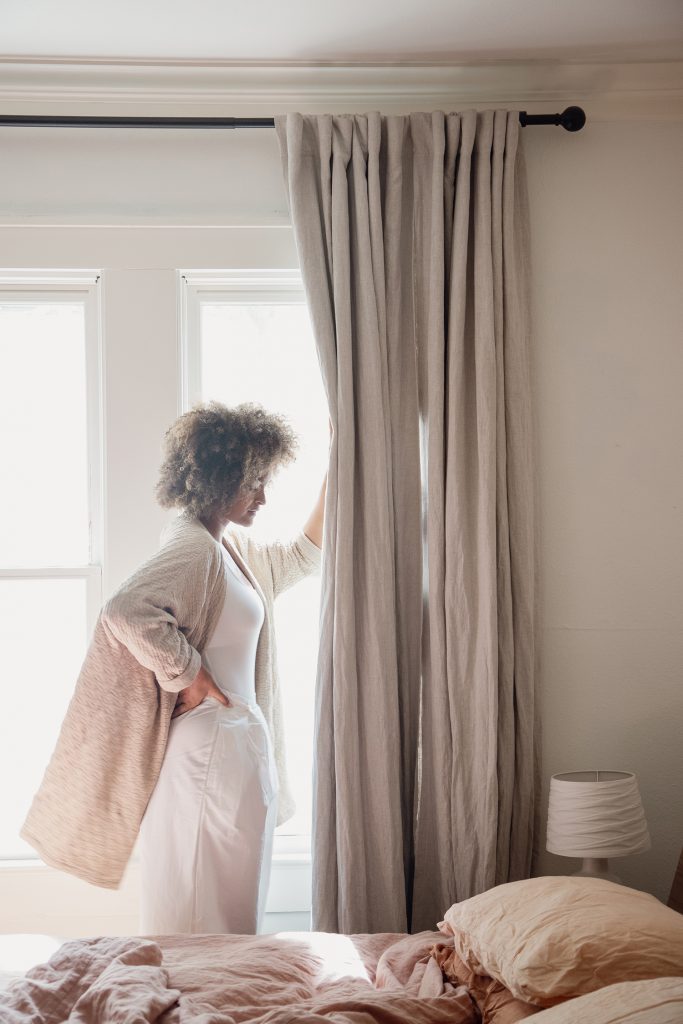
This lack of knowledge is to our detriment, believes Dr. Jodie Horton. “So many people don’t know how to identify their anatomy and how it works,” says the board-certified OB/GYN. “Knowing your body gives you the power to advocate for yourself and get the support and treatment you need.”
Because, as Dr. Horton points out, it can be easy to take our vaginal health and anatomy for granted when all is well. But “it shouldn’t be neglected, because when something is off, it can cause a lot of anxiety.”
To demystify this amazing part of the female body, I asked Dr. Horton what we need to know for optimal vulva and vaginal wellness. Plus, I included some brilliant new products to make doing so easier.
Anatomy 101: The Vagina and the Vulva
These two critical parts of the female genitalia are often misconstrued.
The vagina is the internal female genitalia, says Dr. Horton. “It is a tubular structure, typically three to four inches long, that connects the vulva to the neck of the uterus, known as the cervix.” The vagina plays an important role in various things, from menstruation and childbirth to sex and sexual pleasure.
The vulva is the external female genitalia, continues Dr. Horton. This includes the mons pubis, clitoral hood, clitoris, labia majora (aka the outer lips) and minor (the inner lips), and the urethral opening.

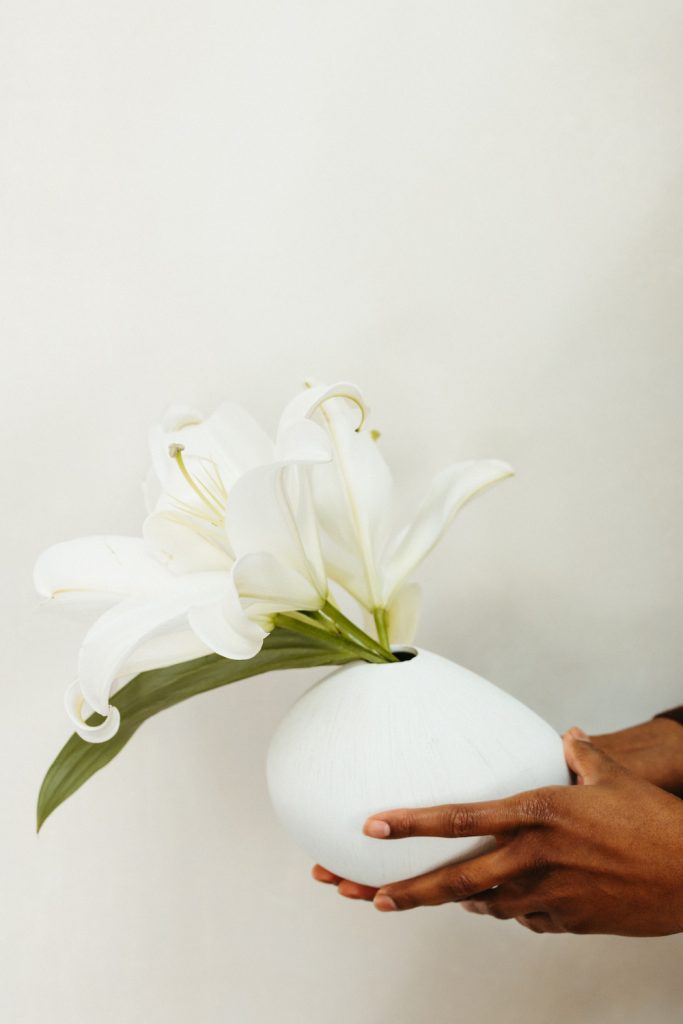
Common Vaginal Health Issues
Vaginal discharge is one of the most common causes of concern, says Dr. Horton. But here’s the rub: Not all discharge means something off. When the vagina is functioning healthily, discharge is part of the normal healthy system. “The vagina is a self-cleaning oven,” explains Dr. Horton, who says, on average, women produce a teaspoon to a tablespoon of discharge each day. This fluid, which is milky or cloudy when healthy, is produced by glands inside the vagina. It includes cells shed from the cervix and vagina and unique bacteria that keep the vagina clean.
That said, some discharge does mean there’s an issue. When it’s green or yellow, or has a fishy or foul-smelling odor, is the time to see your doctor. The same goes for itchiness or irritation. These could mean a build-up of yeast, a bacterial infection, or another potential issue.
Also, Dr. Horton says it’s critical to see your doctor if you think you have been exposed to a sexually transmitted infection. “Not all STIs have symptoms, so it is important to use safe sex practices to prevent exposure,” she adds.
An accessible book that outlines the link between vaginal health and overall wellness.
Common Vulva Issues
Vulvar cysts are also common—“but don’t worry because most are benign,” says Dr. Horton. Often, cysts are the result of ingrown hairs, which some women are prone to, she adds. Being mindful when shaving and exfoliating the skin can help prevent recurring ingrown hairs and subsequent cysts.
Bartholin’s cysts— fluid-filled cysts near the opening of the vagina—are also common. These are caused by injury or irritation to the vulva, sexually transmitted infections, or bacteria, such as E. coli, says Dr. Horton. They can be painful if they become infected, which warrants a doctor’s visit.
An innovative health assessment of your vaginal microbiome, all taken from a simple swab at home. Pretty genius.
How to Keep the Vagina and Vulva Healthy
According to Dr. Horton, the best way to prevent vaginal infections is with good hygiene. But this doesn’t mean using any ol’ soap. Keeping this area healthily clean requires simplicity and care.
First, here’s what not to do:
- “Don’t try to mask normal vaginal discharge or odors,” says Dr. Horton. “If you think you have an infection, see a doctor to get diagnosed and be treated.”
- Never use soaps with fragrances and dyes for the vagina or vulva, as this can change the vaginal pH and alter the balance of Lactobacilli in the vagina, increasing the risk of vaginal infections,” adds Dr. Horton. “If you must clean the vagina, only use water.” But again, as mentioned above, a healthy vagina cleans itself.
- Avoid feminine sprays, perfumes, and douching, as these also can disrupt the healthy PH and vaginal microbiome.


Now, here’s what to do:
- Keep your feminine routine simple, stresses Dr. Horton.
- To clean the vulva (the external genitalia), use a gentle cleanser that is free of fragrance, dyes, glycerin, and parabens, all of which can disrupt the vaginal microbiome.
- Wear underwear made of breathable natural fabrics, like cotton or bamboo. “These absorbable fabrics are moisture-wicking that keep the vulva and vagina dry when heat and moisture can accumulate throughout the day,” adds Dr. Horton.
- Practice safe sex, something Dr. Horton says should be taken seriously. “STIs can increase your risk of getting other sexually transmitted infections, lead to fertility problems, and affect pregnancy.”
- If you’re prone to ingrown hairs, consider gentle hair-removal alternatives like waxing, sugaring, or laser hair removal. “Or as Dr. Horton suggests, consider not removing any pubic hair.
- Wipe front to back. “This minimizes introducing bacteria from the anus into the vagina and bladder, which can cause infections.”
LOVE Wellness pH Balanced Cleanser
“This is a great choice for a fragrant and dye-free cleanser for the vulva,” says Dr. Horton. Made of gentle ingredients, it won’t disrupt the vaginal microbiome.
Knickey Low-Rise Organic Cotton Thong
Light, super comfortable, and made of breathable, moisture-wicking certified organic cotton: Consider these the intimates to replace those made of synthetics.
A cleanser that’s gentle, effective, and free from fragrance, dyes, and other common vulva and vaginal irritants.
Probiotics: To Take or Not to Take?
Dr. Horton’s advice is effusive: Take! “Probiotics are not just for gut health; they improve vaginal flora and help maintain the stability of the vaginal flora environment,” she says. “This can help treat and prevent infections.”
LOVE Wellness Good Girl Probiotics
A mix of eight strains of good bacteria, including lactobacillus acidophilus, which Dr. Horton says supports a healthy balance of bacteria and a normal vaginal pH.
A Word on Knowing Your Body
When Samantha implored Charlotte to grab her compact mirror to take a look, she was on to something. “Don’t be ashamed to learn about your vagina and vulva through self-exploration,” says Dr. Horton. The better we know ourselves, the better we can decipher when things are off.
This is all part of healthy vulva and vaginal health preventative care—which should also include regular gynecologic exams, she adds. “A visit to the gyno involves a thorough exam of the vagina, vulva, and pelvic organs, including the cervix, uterus, and ovaries. During the visit, you can also be tested for sexually transmitted infections, get a pap smear, and address any concerns about your vaginal health.”
‘The Happy Vagina’ by Mika Simmons
An edifying (and quite uplifting) guide on how to take good care of your feminine anatomy.


